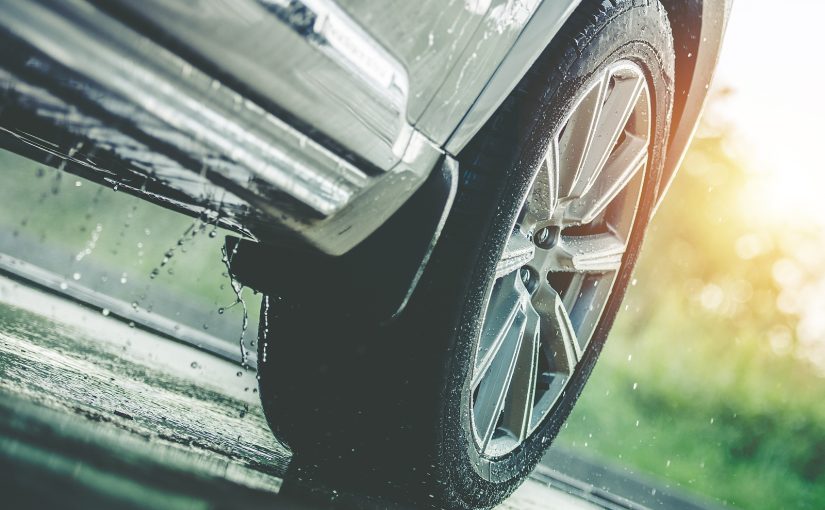
Driving in Rain and Floods in New England
While New England might be best known for its Nor’easter winters and autumn leaf-peeping season, the area—including Massachusetts—is also home to seasonal flooding, with torrential downpours, fall storms, and spring snowmelts. So, when driving in New England, you may also be driving in rain and floods. In this blog, we’re going to look at the risks these pose, provide driving and safety tips, and discuss how Massachusetts’s auto insurance should factor into your drive.
Safety Tips for Driving in Rainy Conditions
Driving in the rain can go from a minor annoyance to a severe detriment in a matter of moments as a drizzle becomes a deluge. Several driving tips for rain include:
- Drive Defensively: Rain can lower visibility and reaction time, as well as provide additional distractions. Slow down and signal well in advance of lane shifts or turns.
- Avoid Hydroplaning: Pavement with any water depth can cause hydroplaning—where your car’s tires lose traction. Make sure your tires are in good condition.
- Beware Puddles: Hitting puddles can reduce speed and cause hydroplaning. When it’s safe to do so, avoid them, especially large ones that could flood the car if deeper than anticipated.
- Watch Out for Flood Warnings: Before driving and on your GPS, be aware of flood warnings in your route.
What Auto Insurance Covers Rain and Flood Damage?
While standard MA car insurance policies will kick in if you’re struck by another vehicle, there are situations caused by bad weather that may not be covered. Let’s explore them below.
Losing Control of Your Car in the Rain
If you lose control of your car—or are otherwise distracted or impaired—in the rain and strike another vehicle, guardrail, tree, or private property, you’ll want collision insurance. This covers you in an accident when you’re at fault. Remember, after an accident, you should take appropriate safety measures when other vehicles or pedestrians are involved.
Flooding and Storm Damage of Your Car
Damage to your car via things not related to collisions, such as your car being flooded in a large puddle or being struck by a falling branch—either while you’re driving or while parked—isn’t covered under collision and other standard policies. You’ll need comprehensive insurance, which covers a wide array of situations, including similar snow and ice damage.
At Safeside Insurance, we work with drivers to find them the best coverage for their unique situations and vehicles, explaining everything from holes in coverage to factors in insurance premium increases. Get an auto insurance quote in minutes and learn why we believe in the right insurance at the right price at Safeside. Need more help? Contact us directly or call us at (508) 753-8862 to get started!
